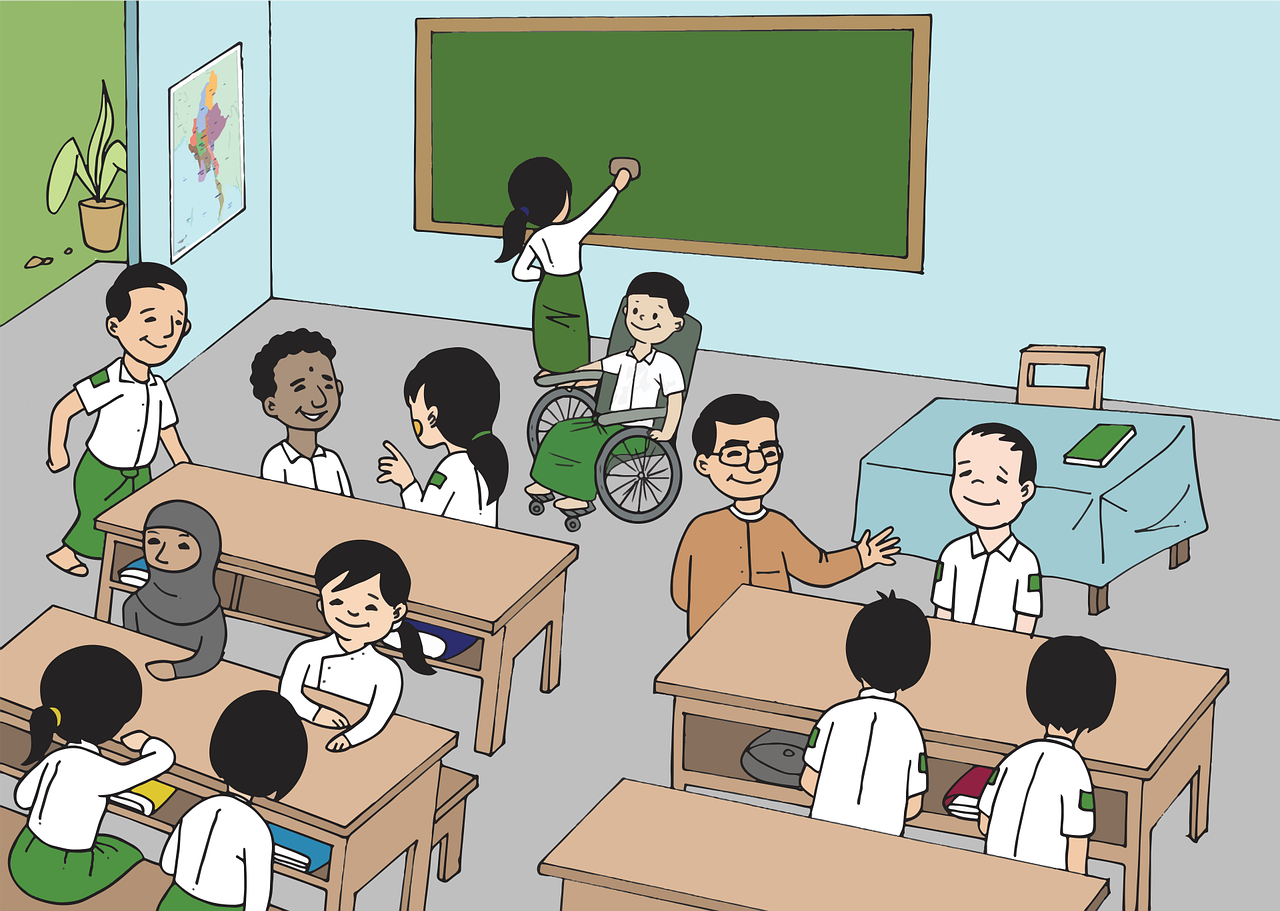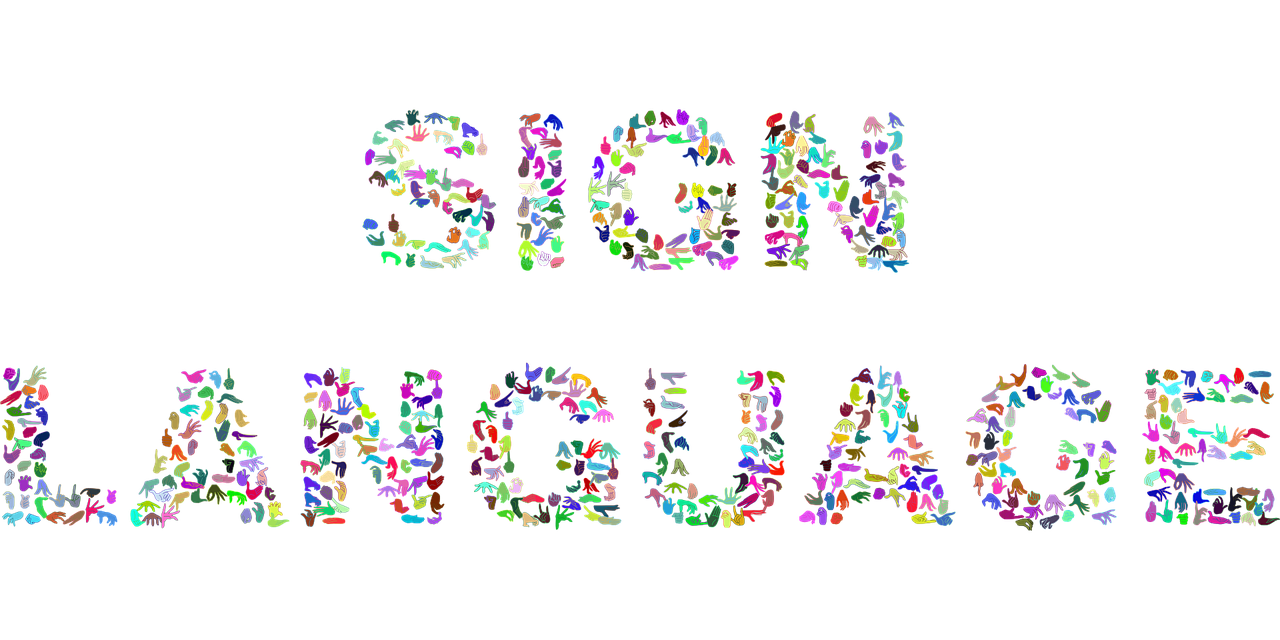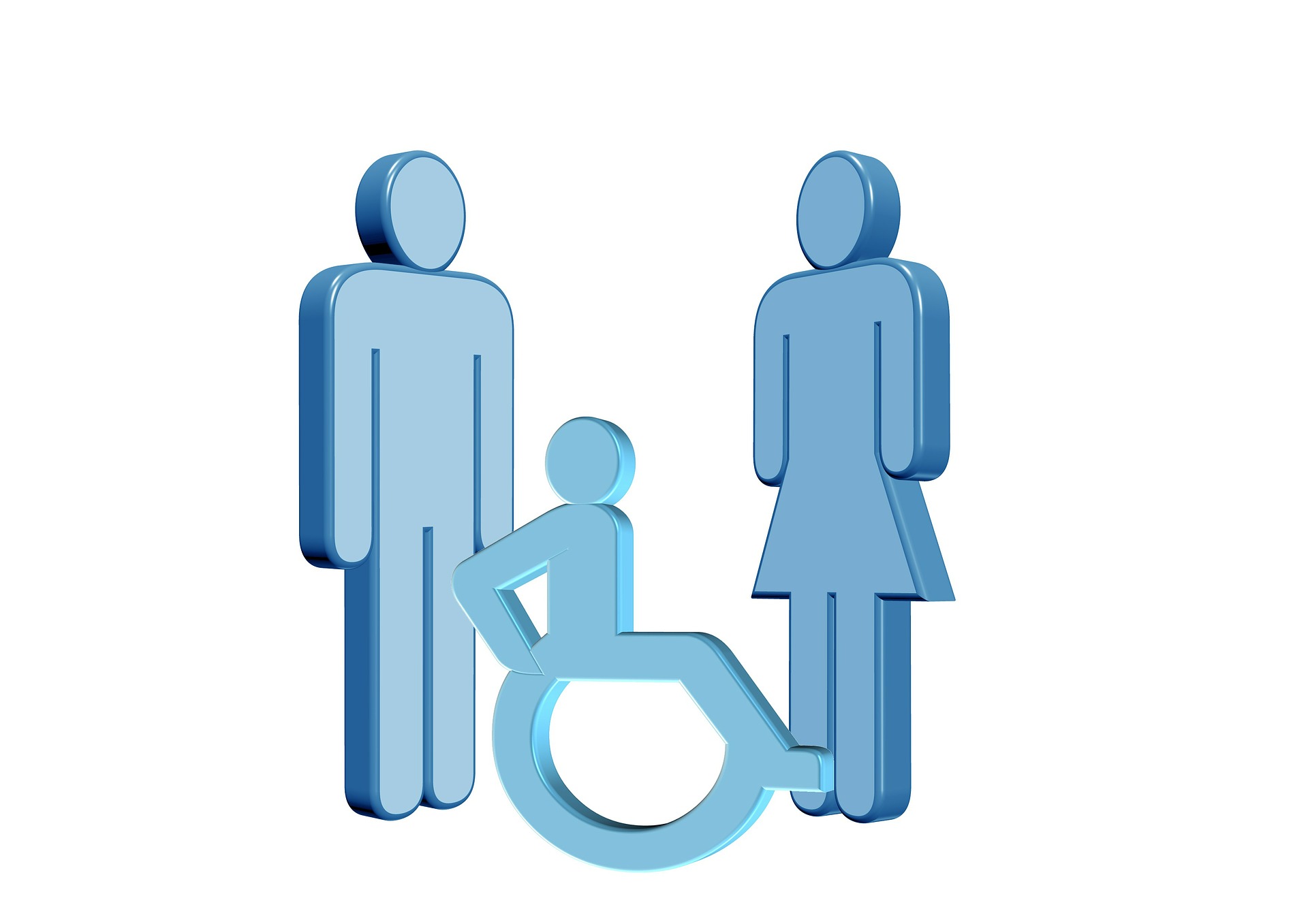
What is the ADA?
The Americans with Disabilities Act is a federal law related to civil rights that is designed to prohibit discrimination against people with disabilities, mainly in public accommodations and employment. It applies to the federal government as well, including any state or local government. The Americans with Disabilities Act applies to public education, including higher education.
Read more: What is the future of the ADA?
What is Considered a Disability?
The ADA defines a disability as a physical or mental impairment, and is such an impairment that substantially limits at least one major life activity. Students with disabilities deserve full and equal enjoyment of a free public education. We additionally have an obligation to provide equal access to all public services for students with disabilities, including equal opportunity to a higher education.
Section 504 of the Rehabilitation Act (1973)
Section 504 of the Rehabilitation Act of 1973, and Title II of the Americans with Disabilities Act, together cover students with disabilities in practically all public schools and school districts, public colleges and universities, because they receive federal financial assistance. The Rehabilitation Act covers some private schools and private colleges who receive federal financial aid. Those students with disabilities are covered by the Rehabilitation Act, but Title II of the ADA does not apply to private institutions.
What Does it Apply To?
These civil rights laws apply to postsecondary institutions, vocational schools and community colleges, as well as schools listed above. But most importantly, they ensure equal access to each educational program, including extracurricular programs, to provide students with disabilities the academic adjustments needed for full participation. These are called reasonable accommodations, like sign language interpreters, auxiliary aids, etc.

Specifically
Reasonable accommodations can include things like the modification of applications and/or testing methods, or allowing students to have personal devices and record classes. A reasonable accommodation is something that is designed to assist students with disabilities have equal opportunity to public education. Providing accommodations can also refer to employees with disabilities, and involve assisting their performance of job duties.
Does it Apply to All Schools?
Any facility that receives federal funding, including private schools that receive federal funds of any kind, are all covered by the ADA. Private elementary and secondary schools are considered a public accommodation, therefore must be ADA compliant. For postsecondary education, colleges and universities are not required to identify disabilities; rather, students with disabilities are responsible for letting staff know. However, staff is responsible for telling the entire class the options for assistance and disability services they offer.
Test Taking
To provide accommodations, faculty members may request proof of disability, but only as it pertains to the auxiliary aid you are providing for the college student. Disability status can be given in writing from a medical professional. To ensure the disabled have access to examinations, they must first be able to get to the testing location without barriers, and may require modifications to assist them (i.e. screen reader, braille etc.).
Other Accommodations
To best serve college students with disabilities, schools should have a disability services office, and assign them an academic advisor. This way if they need any assistance, such as technical assistance, these students will have somewhere they are familiar with to go. If you need assistance with any of these issues, you can visit the government website here.
Physical or Structural Changes
Of course, this also means alterations to the buildings of schools and colleges everywhere, in becoming ADA compliant. Barriers need to be removed for students with disabilities, though by and large this has already been accomplished. If your building(s) were constructed prior to 1977, there are still detailed guidelines for changes to be made. In fact, the 2010 Standards for Accessible Design have been adopted, and are applied to any and all new construction for public accommodations (businesses).
ADA Signage

If you run a private school of any kind, or any business for that matter, and you're interested in becoming ADA compliant, you're going to need signs. But having ADA compliant signs, putting them in the right places, having theright type of sign (i.e.: visual, braille, pictogram, tactile etc.), and following the highly detailed requirements can be a challenge! That's why you need ADA Central, the authority on ADA signs.
ADA Central
Here at ADA Central, we have a huge stock inventory and we also do custom signs for your business. We can also help you with any details you're struggling with, as far as sign requirements go - as there are plenty of those. Whenever the government writes a federal law, you can count on it being overly detailed and using obscure language. Good thing ADA Central is here to help you make sense of it all. When you need ADA compliant signs, remember us here at ADA Central. We look forward to serving you!
Inclusion and Accessibility
Being included in the community you live in and having access without discrimination to the same activities as everyone else, is probably something you take for granted. Not so with people with disabilities, and since no one asks for a disability - and anyone can acquire one, at any time, in life - we all need to care about the ADA. We are making great strides in creating a world that's accessible to everyone. Do your part, and make sure your business is in compliance.


